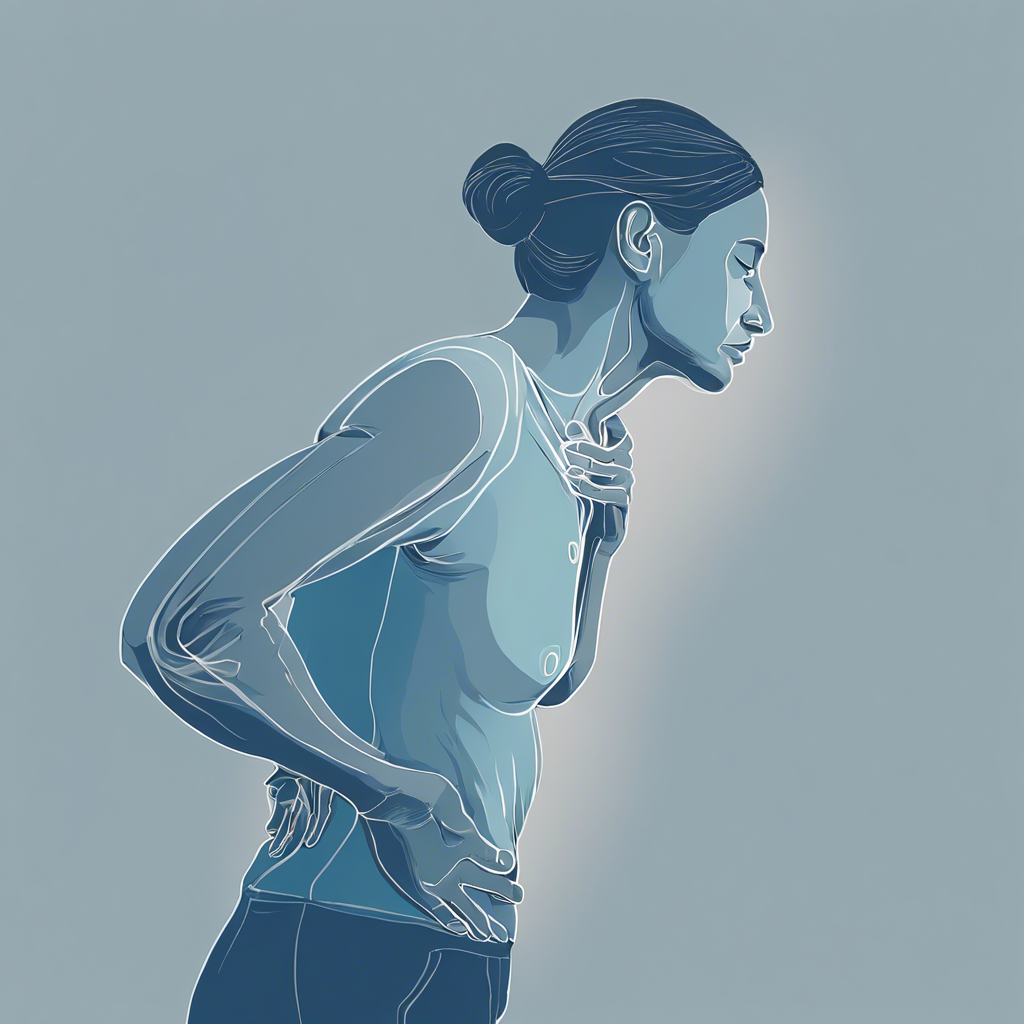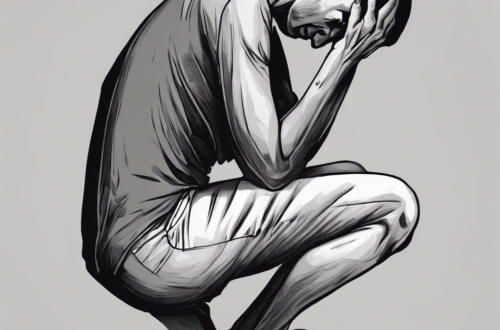Introduction to Lower Back Pain
Definition and Prevalence
Back pain is a widespread issue affecting approximately 23% of adults globally, making it one of the primary reasons individuals seek medical attention. This condition can manifest in various forms, from acute episodes triggered by sudden movement to chronic discomfort persisting for months or longer.
Significance of Understanding Back Pain
Understanding the multifaceted nature of back pain is vital for effective treatment and prevention. By identifying risk factors such as age, weight, and lifestyle choices, individuals can take proactive steps to mitigate their chances of experiencing debilitating pain. Knowledge empowers people to seek appropriate medical advice and adopt healthier habits.

Causes of Lower Back Pain
Common Causes
Lower back pain can arise from various factors, including tight hamstrings, strains, and sprains. Strains typically result from lifting heavy objects or improper posture during movement. Conditions such as fractures due to accidents or degenerative diseases like arthritis also contribute to lower back discomfort, impacting daily activities and quality of life.
Risk Factors
Understanding the risk factors associated with lower back pain is crucial for prevention. Age, excess weight, and poor overall health can heighten the likelihood of experiencing this condition. Individuals who lead a sedentary lifestyle or engage in physical occupations involving heavy lifting are particularly vulnerable to injurious episodes.
Symptoms of Lower Back Pain
Acute vs. Chronic Pain
Acute lower back pain typically presents suddenly, often following a specific incident, while chronic pain persists for three months or longer. This distinction plays a vital role in determining the appropriate treatment approach and understanding the underlying causes.
Associated Symptoms
Individuals experiencing lower back pain may also encounter various associated symptoms. These can include sharp or dull aches, radiating pain down the legs, and difficulty moving or standing upright. In some cases, decreased mobility and a tendency to adopt awkward postures may become apparent. It is critical that individuals consult a healthcare provider if severe symptoms occur, such as leg weakness, bowel or bladder control issues, or pain accompanied by fever, as these may indicate more serious conditions that require immediate medical attention.

Diagnosis of Lower Back Pain
Diagnostic Procedures
In diagnosing lower back pain, healthcare professionals often employ a combination of physical examinations, imaging tests, and assessments of medical history. Common imaging techniques include X-rays, MRI, and CT scans, which help in determining the presence of structural abnormalities or injuries. A thorough physical examination can help identify specific areas of tenderness, range of motion limitations, and neurological deficits that are essential for establishing the diagnosis.
Importance of Medical History
Understanding the patient’s medical history is crucial for identifying potential underlying causes of lower back pain. Factors such as previous injuries, lifestyle habits, and pre-existing conditions can significantly impact the diagnosis and treatment options available, ensuring that personalized and effective care is provided to the patient.

Treatment Modalities for Lower Back Pain
Home Care and Lifestyle Adjustments
For many individuals, initial treatment for lower back pain often includes home care methods such as rest, applying ice or heat, and engaging in gentle stretching exercises. Lifestyle modifications, including maintaining a healthy weight, adhering to proper lifting techniques, and incorporating regular physical activity, can also prevent the recurrence of pain. Ergonomic adjustments in the workplace, along with practicing good posture during daily activities, further contribute to alleviating symptoms.
Medical Interventions
In cases where home remedies are insufficient, medical interventions may be necessary. Healthcare professionals may recommend physical therapy, where targeted exercises and manual therapy can enhance strength and flexibility. Additionally, medications such as non-steroidal anti-inflammatory drugs (NSAIDs) or muscle relaxants are often prescribed to manage pain and inflammation, facilitating a quicker recovery.



